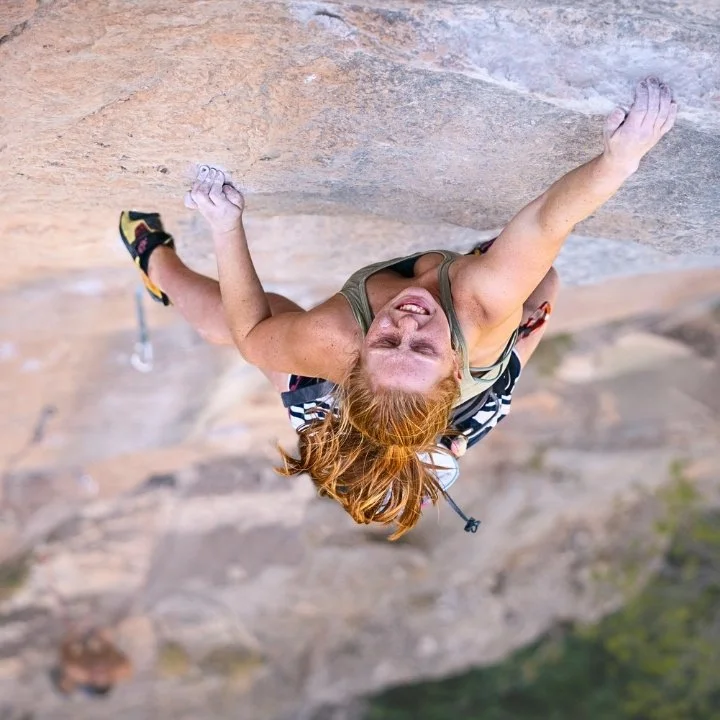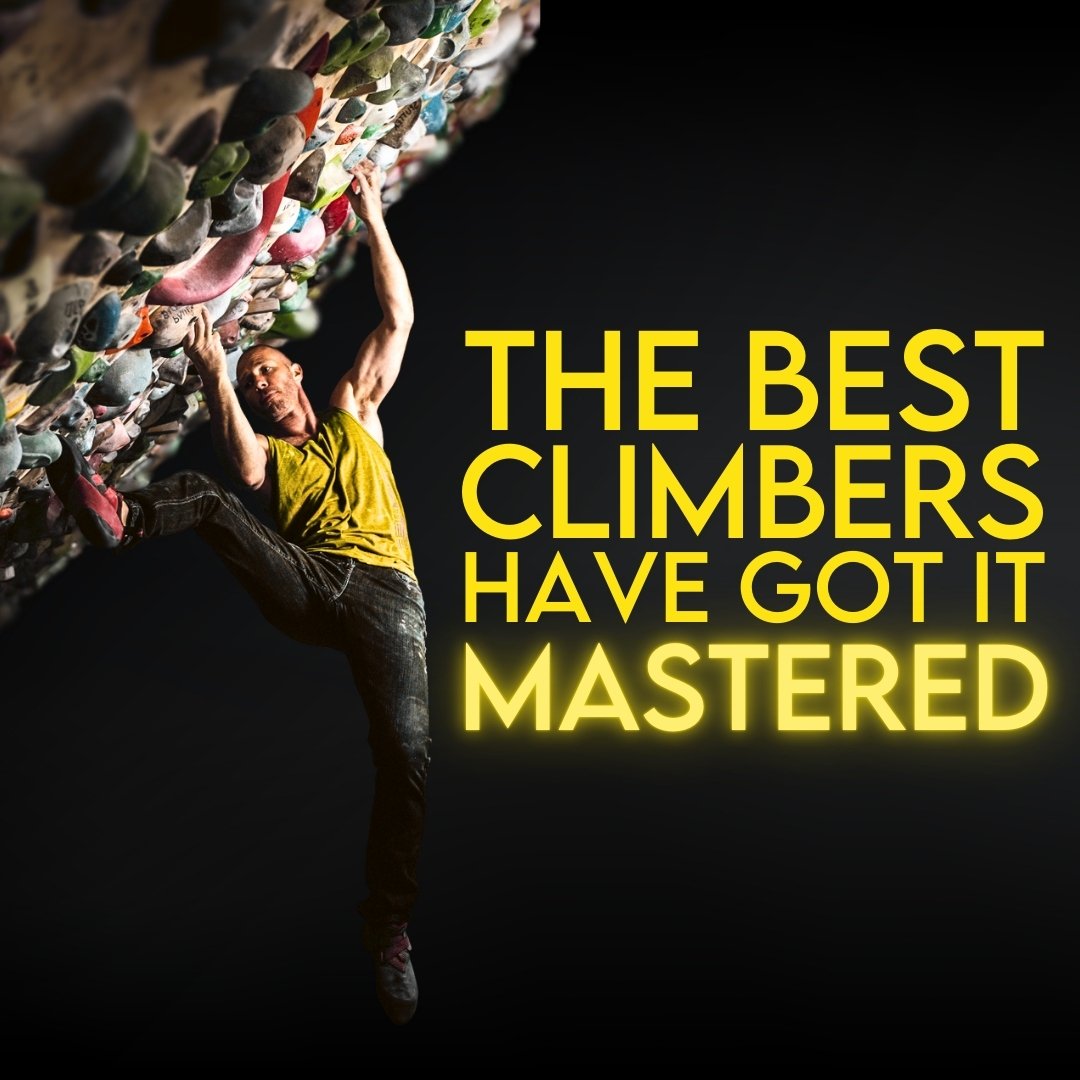Climb Your Project Sooner | The Art of Execution
Recently I finished a big goal of mine to send 100 5.13’s. While writing a book about the experience, I realized that a lot of climbers make the same mistake when they start toward a big, far off climbing goal.
They fail to collect supporting data.
For climbers, sends are that data. Failures are valuable data as well, of course, and there’s no doubt we’ll be collecting those. However, the positive data that will push us closer to our goal in a more efficient manner is the data associated with clipping the chains. We stack those send blocks up to build our base.
Hidden within that data is one skill that is often overlooked:
How to send.
How to actually execute the plan that leads to the desired outcome. How to continue executing the plan even when it seems like things are falling apart. Knowing the best strategies and tactics is massively important, but it’s the ACTUAL doing of these things that means the most.
Executing requires more than just the academic understanding of what will be more efficient or how to fix the mistakes you made on your previous attempt. You can write all of the moves on paper and obsessively plan out your next go, but that won’t do it. You can watch YouTube and listen to podcasts all day, and that won’t do it. You can do all of the drills I’m going to suggest in the video here, but even that isn’t quite enough. And all of the coulda, woulda, shoulda’s – that will never do it.
The only way to really get better at executing the plan is to go for it and risk failure. Repeatedly.
But here’s the thing: Like I said, we still need to collect sends to tell us our process worked.
Which is why we practice this skill – execution – on easier terrain, where more of our experiments will result in sends. We just have to put the right constraints in place. Outdoors those constraints are usually to challenge ourselves to do something in a particular number of attempts. Onsight attempts. Two or three session mini projects. If you can get running beta for a challenging flash attempt, it’s a fantastic way to see how quickly you can synthesize what you’re experiencing with someone else’s beta, decide on what’s important in the moment, and execute.
If you’re pretty new to this, then at first, the execution will probably be relatively easy. Not because you’re great at it, but because you’ll undershoot. You won’t yet know what you’re capable of. And there are lessons to be had there.
But the real gold will come in that moment when you’ve gotten the sequence right, you’ve found the necessary efficiencies, confidence is overflowing, and then with only a few moves left to go before you reach easier terrain and certain success, something unexpected smacks you in the face.
You aren’t really pumped. You just can’t seem to get over that foot well enough to make that next big pull to the better holds. Then you’re over-gripping. Then you are pumped.
How do you respond?
This is when you learn to execute. Or you don’t. The choice is yours.
Until you’ve found some similar scenario many times over, on terrain where escape from failure is actually possible for you, you’ll probably fall off.
You won’t yet be able to remind yourself that even though it feels like certain failure right now and that you can’t possibly do another move, there are jugs just ahead that you can recover on. You won’t yet have the knowledge that you can switch into a grind mode where falling off of 5.11 terrain is damn near impossible. You definitely won’t be able to flip that switch at will.
You won’t yet have the skills required to realize that you can retreat one move to that slightly incut edge that will give you just enough to shake out that arm for a couple of seconds and collect your thoughts. Just enough to get your heart rate down a few beats. Just enough to push the doubts away.
You won’t yet have the skills to reinitiate the sequence and keep this new mindset. To look down at that slopey, slippery foot and press on it with complete confidence even though only a week earlier this was one of those moves that you “had to be fresh for.”
But these are all skills you need.
They’re the skills that allow you to climb harder. You can’t get them on a hangboard or from a barbell. Ever. You won’t get them doing ARCing laps at the gym, no matter how much aerobic endurance you gain. You might be able to find them if you spend all of your time on hard projects, but it will take eons.
Personally I don’t have that kind of time.
You probably don’t either. So let’s look at the absolute best way you can spend time in the gym learning how to execute, so that you aren’t wasting all of that valuable time outside.
One of the great things about this is that once you’ve spent time really learning how to execute when you’ve made a mistake or when you’re pumped or when it’s the fourth go and you’re tired, is that you don’t have to keep training it. You’ll need to brush up now and then – make sure those skills are current – but they are SKILLS. They’ll stick with you.
And if you’re looking for advice on how to actually do HARDER moves instead of executing when things are crumbling, I’ve got you. Watch this video next.
This video is adapted from my new book, Adapt: Lessons Learned Climbing 100 5.13’s. Check it out if you’re interested in hearing the story of that big goal, the hurdles along the way, and what I learned from it.
EXPLORE FURTHER
You might enjoy these related articles, episodes, and other resources:
Adapt: Lessons Learned Climbing 100 5.13’s
Taped Tips | The Secret to Hard Moves that Most Climbers Are Missing
Taped Tips | The Setup Mistake Climbers Make on Hard Moves
SUPPORT + CONNECT
Help us keep the show sponsor-free when you join our Patreon Community for as little as $3.
Get two or more bonus episodes every month on Patreon, Spotify, or Apple.
Subscribe to THE CURRENT and get a monthly exploration of how we can all become better climbers.



















Alex Megos once said that conditions don’t matter, but we all know that’s not true… or is it?